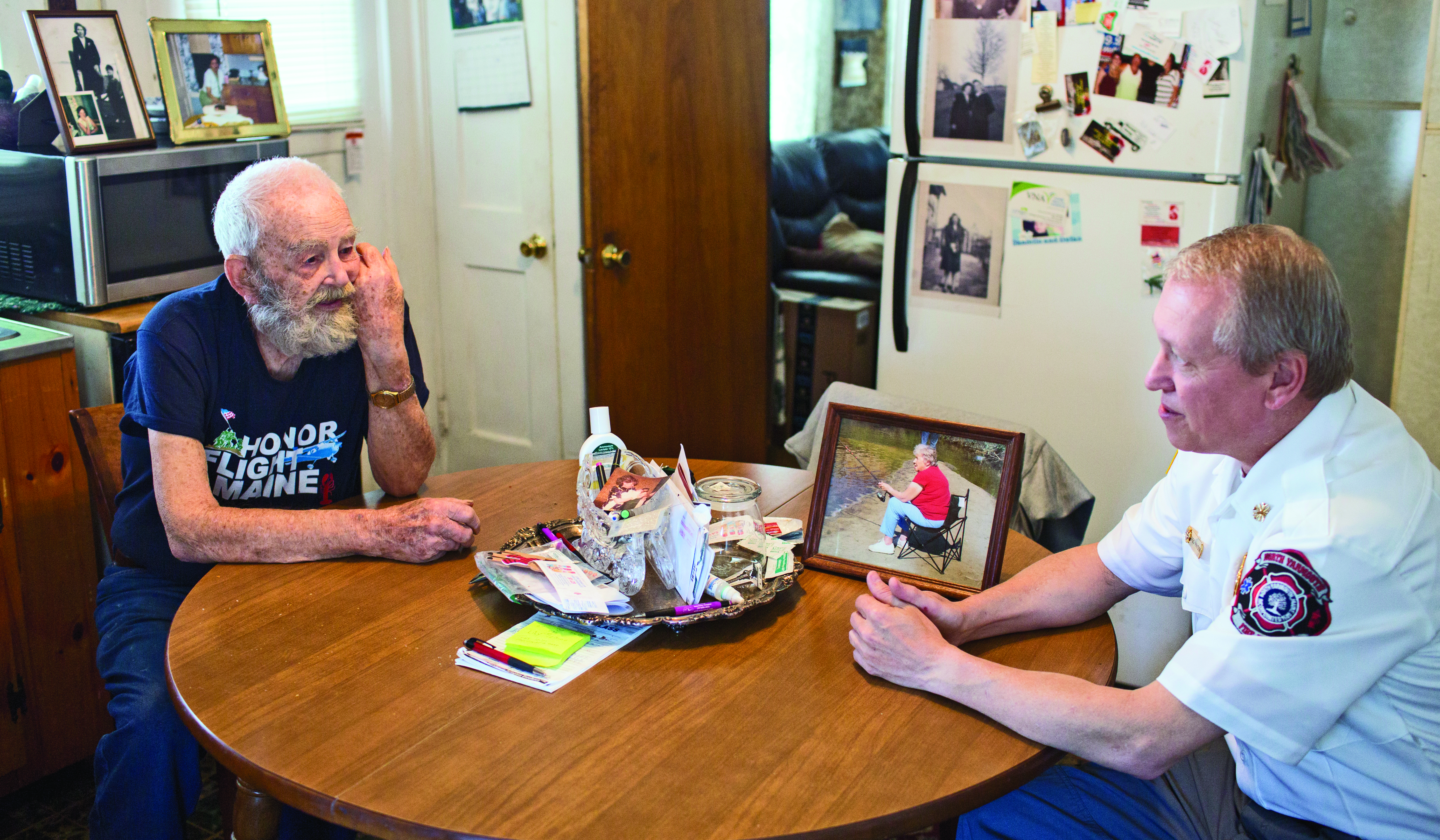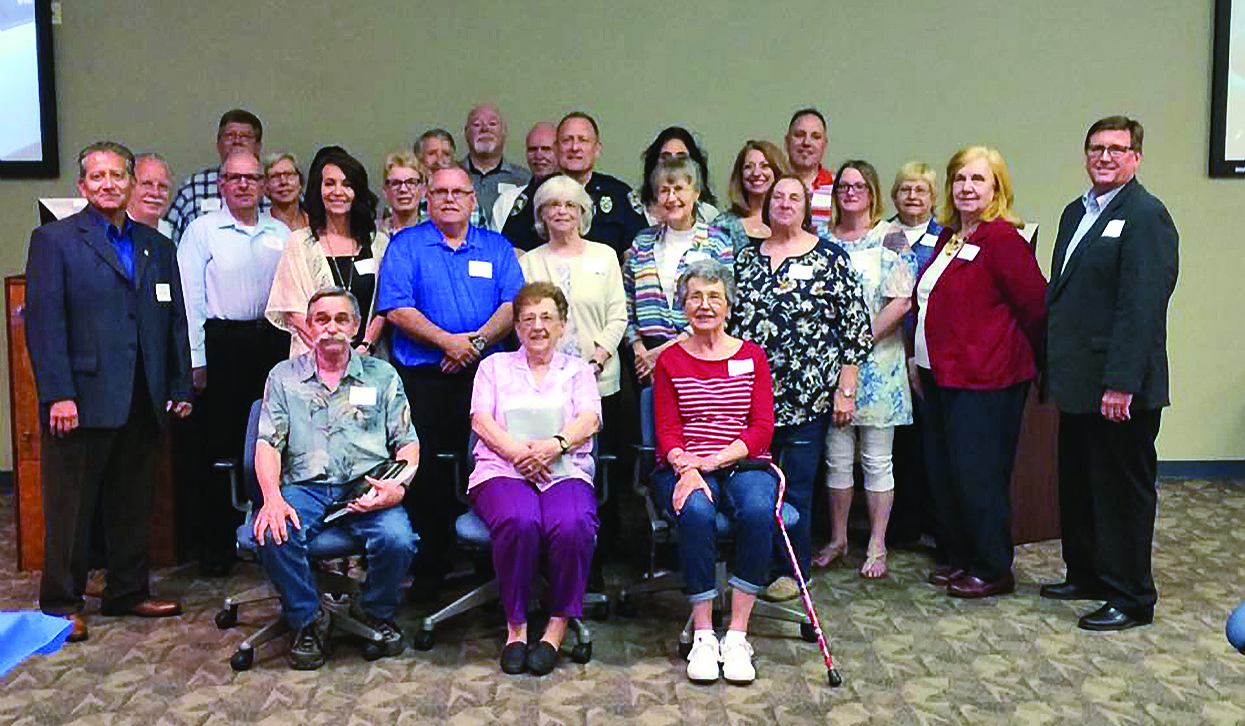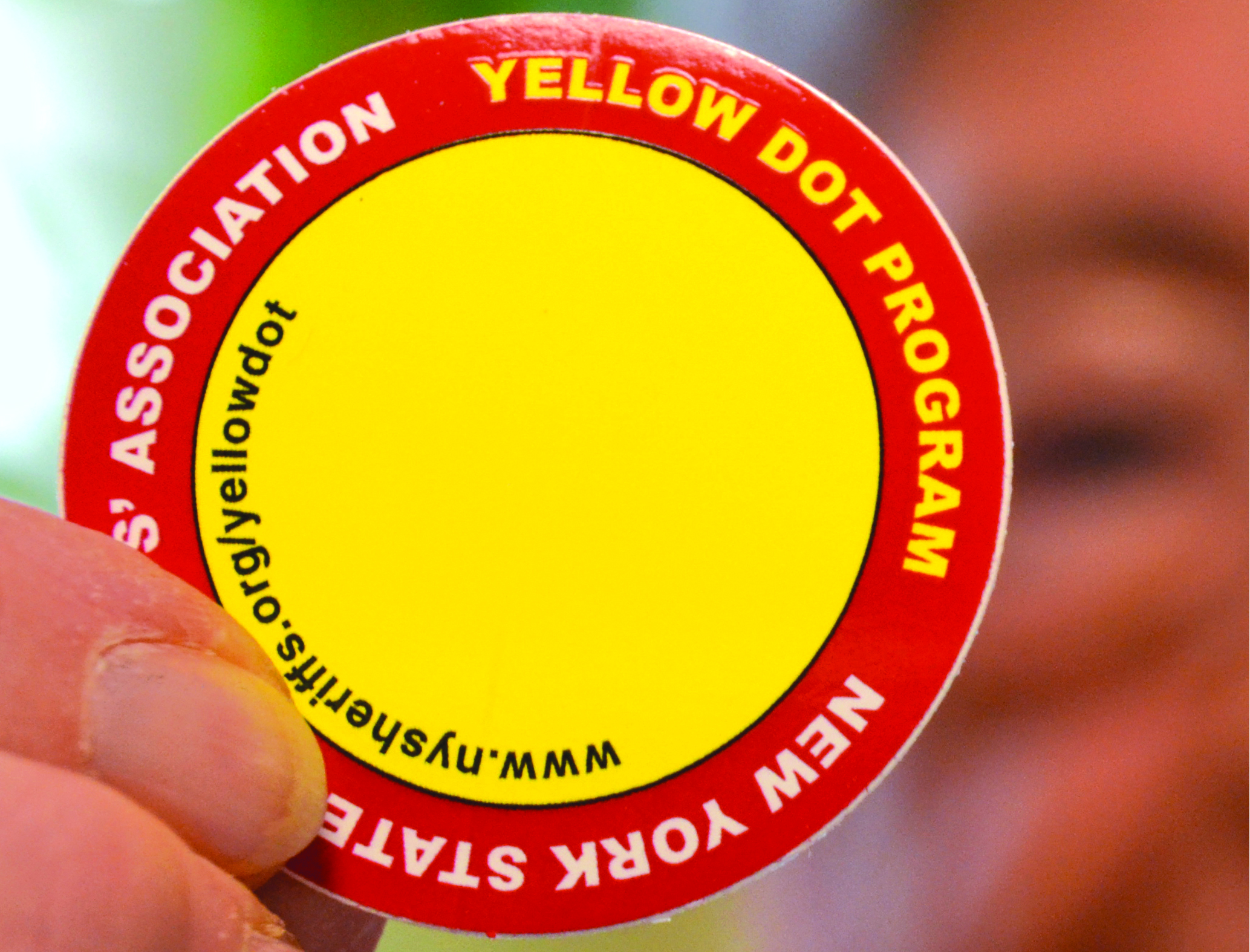Helping Older Adults Feel Safe in Their Homes
Living alone can be frightening, but there are ways to make it less so
With more and more older Americans living alone (nearly 1 in 3, according to the U.S. Census Bureau), communities face some special challenges as they work to keep their older residents — and individuals with unique problems or needs — safe and healthy.
Here are a few success stories:
With funds provided by an AARP Community Challenge grant, the town of North Yarmouth, Maine (population 3,600), purchased and installed 25 residential key safes on the entry doors of older residents who live alone or have a history of health issues.
Emergency personnel can use the vault-style Knox Home Box to gain access to a residence without the delay and risk of damage caused by a forced entry. North Yarmouth Fire-Rescue has the only key that opens the lockbox and, for an extra measure of security, the system tracks when each box is opened and by whom.
“I think it’s a great benefit for the town,” says Chief Greg Payson, who adds that the program not only helps older residents live in their own homes but gives them — and their loved ones — peace of mind.
In Tucson, Arizona, thecity’s fire department launched Tucson Collaborative Community Care, commonly called TC-3, to address the growing number of nonemergency calls coming into 911. (For instance, in 2014, 50 individuals accounted for almost 1,400 calls to the 911 system.)
The reasons for the repeated calls were frequently related to noncrisis health matters, such as the caller being confused about a medication schedule or reaching out because of an anxiety attack or unfounded fears. With TC-3, “We navigate them to the right resources,” says Capt. Brian Thompson about the program established in 2016.
“The help provided by TC-3 is active rather than passive,” Tucson Deputy Chief Sharon McDonough explains in an article she wrote for FireChief.com. “Appointments are scheduled, contacts are made, paperwork is filled out, and transportation is arranged. Some individuals find solutions immediately, coming out of the 911 system as they are connected to long-term disease management, palliative care, hospice, home repairs, housing, pet solutions and dietary care, while others require ongoing assistance and contact to keep them engaged and their needs managed.”
As a result of TC-3’s interventions, nonemergency requests from frequent 911 callers declined dramatically — from 354 to just 26 in one 18-month period.
In Olathe, Kansas, the city’s police department sponsors Operation Lifeline, which since 1979 has tapped volunteers to make daily telephone calls to older adults who live alone and don’t have anyone in the area to regularly check in on them.
Participants in the free program provide the police department with a key to their home. The key is kept in a locked box at the station and is used only if the resident fails to respond to a daily call and doesn’t answer the door when a police officer is dispatched to the home.
“The program truly does save lives,” says Mayor Mike Copeland. “We’ve actually assisted people who have fallen during the night and were discovered when they couldn’t answer the volunteer’s call.”
He adds that there have been times when the volunteer caller felt something just wasn’t right with a participant and got in touch with family members who were able to help.
Spot the Yellow Dot
In a growing number of communities, a yellow dot is helping first responders — police, firefighters, EMTs, even local volunteers — provide lifesaving medical attention during that first “golden hour” after an automobile collision or other emergency.
Typically, two yellow stickers are placed on a vehicle — one on the driver’s-side front windshield and the other on the driver’s side back windshield. The yellow dot indicates that there’s an envelope or folder in the glove compartment with vital information about each person who regularly rides in the vehicle.
The packet often includes the name of the person, a photograph, a list of current medications and health issues (such as heart conditions or allergies), and emergency contact information.
The yellow dot can also be used at home. Placed beside a front or entry door, it means that potentially lifesaving information about the occupants is located inside the kitchen refrigerator. (A common placement is behind or between items on the door’s shelves.)
More than 20 states have started yellow dot programs, which are typically managed by departments of transportation.
This article is an excerpt from the "Support Health and Wellness" chapter of the AARP book Where We Live: Communities for All Ages — 100+ Inspiring Examples From America’s Community Leaders. Download or order your free copy.
Book published June 2018
The weekly, award-winning AARP Livable Communities e-Newsletter provides local leaders with information and inspiration for making their town, city or neighborhood more livable for older adults and people of all ages. Subscribe today!
AARP.org/Livable
Enter a topic, name, place, etc.






